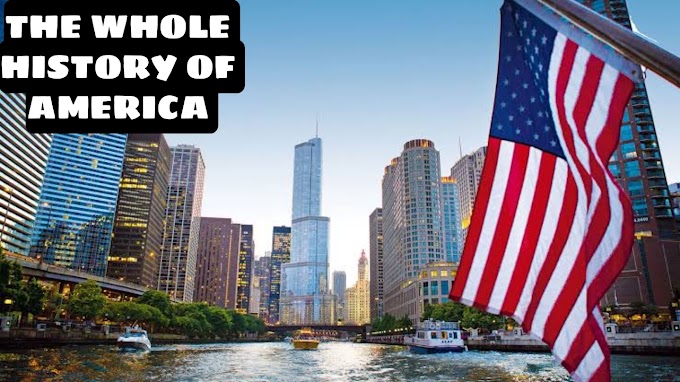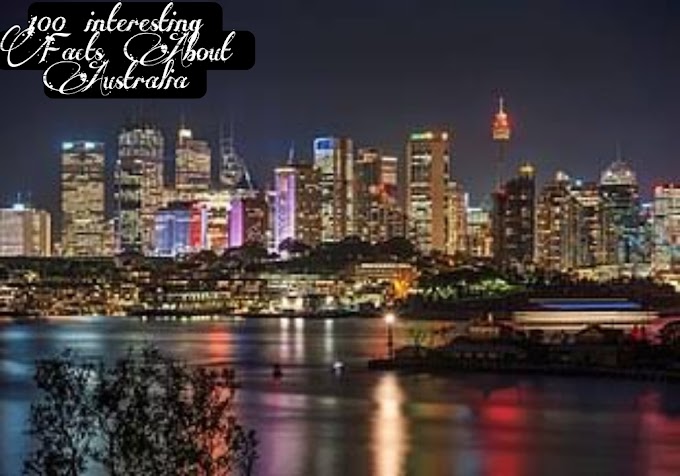Top 10 Amazing Facts About Portugal
Hello Friends:
Welcome to Countries Facts On the southwestern edge of Europe, making up more than half of the west coast of the Iberian Peninsula sits the country of Portugal, or the Portuguese Republic. With a history stretching back to prehistoric settlements and outdating some of the oldest European states, Portugal is rich with culture, history, and interesting little truths like those covered in this Archive of amazing facts about Portugal!.
1 Cuisine of the Portuguese One commonly enjoyed cuisine of Portugal is a simple dish of colorful vegetables dipped in a simple, airy batter and fried. That may sound like the Japanese cuisine of tempura, and that’s because it’s identical. In fact, it’s believed the Portuguese introduced tempura, known locally as peixinhos da horta, to Japan through 16th century Jesuit missionaries. Of course, it’s possible that the cuisine isn’t even original to Portugal as it may be a variation of the Indian cuisine, pakora. Other traditional Portuguese dishes worth chowing down on include caldo verde, bacalhau a bras, rojoes a moda do minho, acorda alentejana, and arroz de pato.
2 Famous People of Portugal Ferdinand Magellan, Vasco de Gama, and Juan Rodriguez Cabrillo were notable explorers in history, all birthed within Portugal. The country has also been home to notable celebrities and sports stars including footballers Luis Figo and Cristiano Ronaldo, football manager Jose Mourinho, actors Joaquim de Almeida and Louis Ferreira, actress Amalia Rodrigues, singer-songwriter Nuno Bettencourt, pianist Maria Joao Pires, writer Jose Saramago, and poet Fernando Pessoa. Portugal is also home to an incredible selection of YouTube stars, including SirKazzio, D4rkFrame, Wuant, Mr. Nikki, and Mais Kizomba.
3 Football and Portugal In some countries, sports are just a simple means of entertainment. Others countries, like Portugal, tend to take their sports, especially football, a little more seriously. Introduced in the late 19th century, Portugal didn’t introduce its first domestic football league, the Primeira Liga, until 1934. From then, though, football would eventually become the country’s most popular sport, earning an average of 2.5 million spectators each season. Nationally, Portugal’s team, which was introduced in 1921, has a history of ups and downs, reaching as low as 43rd and as high as 3rd in the FIFA world ranking, but no matter the ranking, the pride in its team remains strong. In 2016, the national team earned its first UEFA European Championship against France.
4 The Sites to See This beautiful European country is a natural wonder on its own, but there are many reasons why it was able to pull in an astounding 10 million foreign tourists in 2015 alone. It could be that it’s home to 14 UNESCO Heritage Sites, including the Convent of Christ in Tomar, Lisbon’s Monastery of the Hieronymites and Tower of Belem, Sintra’s Cultural Landscape, and the Historic Centres of Évora and Guimarães. Other notable locations undoubtedly attracting visitors include the largest artificial underwater park, Ocean Revival, where divers can explore 4 decommissioned Navy ships, the Archipelago of Azores, and Madeira, the island between Portugal and North Africa known as the “Floating Garden of the Atlantic� for its expansive green landscape. History buffs will enjoy some time at the National Museum of Ancient Art while nature lovers are going to want to visit the Lisbon Zoo and Zoomarine Algarve.
5 Making Leaps in Renewable Energy? Despite what you may think about Global Warming, it should be easy to agree that a push away from fossil fuels to natural, renewable sources of energy such as wind, the tides, and geothermal heat can be beneficial to the environment. While some countries are lagging in diminishing fossil fuel use, Portugal is at the top of its game and has become a world leader in renewable energy. For a period of 4 days in May of 2016, every electrical source in the country was converted to solar, wind, and hydrogen power, creating 107 hours of zero emissions. The successful test isn’t far off from a long term reality as in February and April of 2016, Portugal reported that 95.5% of its electricity was provided by renewable resources. When converted to the equivalent of millions of tons of oil, Portugal only ranks 15th behind major powers like the United States, China, and the United Kingdom.
6 Portuguese Records Galore Ever wonder what 15,000 Santa Clauses in one area would look like? Had you been in Portugal in December of 2010, you would have found out! In an effort to raise money for Christmas gifts for children in need, just under 15,000 Santas paraded through the streets. For every Claus that crossed the finish line, roughly $1 was donated. In 2012, Portugal moved from Holiday figures to food. Weighing in at 6.466 tonnes, or about 14,255 pounds, the omelet was presented on August 11th, 2012 and was made by the Camara Municipal de Ferreira do Zezere, or the Ferreira do Zezere City Council. Fifty-five people and 6 hours were required to build this 145,000 egg creation, which also used 880 pounds (400 kg) of oil and 220 pounds (100 kg) of butter. In August 2015, Portugal threw its hat into the ring again with the largest bobbin lace, measuring at 53.262 square meters, or about 573.3 square feet.
7 Portugal’s Impact on the Age of Exploration Earlier on, we mentioned 3 notable Portuguese explorers - Ferdinand Magellan, Vasco de Gama, and Juan Rodriguez Cabrillo – who were part of a vast, worldwide movement known as the Age of Exploration. Despite not being a region of considerable size, Portugal played a large role in the discovery of the unexplored world. As far back as the late 13th century, under the rule of King Diniz, Portugal was interested in exploration, and in 1341, surveyed the Canary Islands of Africa. Portugal explorers, including Bartholomeu Dias, were mostly responsible for circumnavigating the African continent in an effort to take over the Moorish trade routes to Asia. Within a period of 100 years, Vasco da Gama continued the route around Africa and navigated to India. Magellan lead - but died during - the first voyage around the globe, Pedro Alvarez Cabral discovered Brazil and trade to Asia was solidified after Portuguese explorers became the first Europeans to land in Japan.
8 An Old European Soul Since 1139, the region of Portugal has shared the same borders it does today, and while it may not be the oldest country in Europe if we’re talking technicalities and when it gained independence, it certainly has a history dating considerably farther than many of its neighbors. Where much of Portugal’s ancient history lies is in the coastal city of Lisbon, which has a history that even pre-dates the Roman Empire, with permanent settlements appearing around the Neolithic era via pre-Celtic tribes. Legends of Lisbon’s official formation are attributed to Ulysses, who is said to have founded the region on his trek home from Troy. As Rome slowly rose to power and the Empire’s influence flourished, the Iberian Peninsula, or Hispania, became Roman land and Lisbon, renamed to Felicitas Julia, became a central city under Julius Caesar.
9 The Umayyad Muslim Invasions During the 5th century CE/AD, the peninsula was invaded by Germanic forces and a portion of what would become Portugal fell under the rule of the Visigothic Kingdom. That is, of course, until 711 CE/AD, when the Umayyad Caliphate, an Arab dynasty, sought control of Hispania from the Visigoth and launched an invasion. For 7 years, the Umayyad, or the Moors, controlled a large portion of the peninsula, including Lisbon. Not willing to let go of their land so easily, in 718 CE/AD, the Visigoth returned to reclaim their territory from Muslim control. Even after the land was pulled back from the Moors and the smaller states reformed as a union, Portugal remained independent.
10 Portugal’s Control of the East As we know, Portugal was one of the leading countries when it came to exploration and in 1494, all of that hard work paid off. On June 7th, 1494, the Treaty of Tordesillas was signed, dividing newly discovered and unclaimed lands outside of Europe between Portugal and the Crown of Castile. Signed by Ferdinand II of Aragon, Isabella I of Castile, John, Prince of Asturias, and John II of Portugal, the treaty aimed to eradicate concerns over territorial claims after Columbus stumbled upon the New World. From the treaty, Portugal was only given possession of Brazil and other minor parts of South America while Spain profited with much of North and South America. The terms of the agreement and the lines drawn often came under scrutiny, leading Portugal to unsuccessfully attempt colonization of parts of present-day Canada.
I hope you guys this article will be informative from you we'll probably literally love you forever and ever.
















